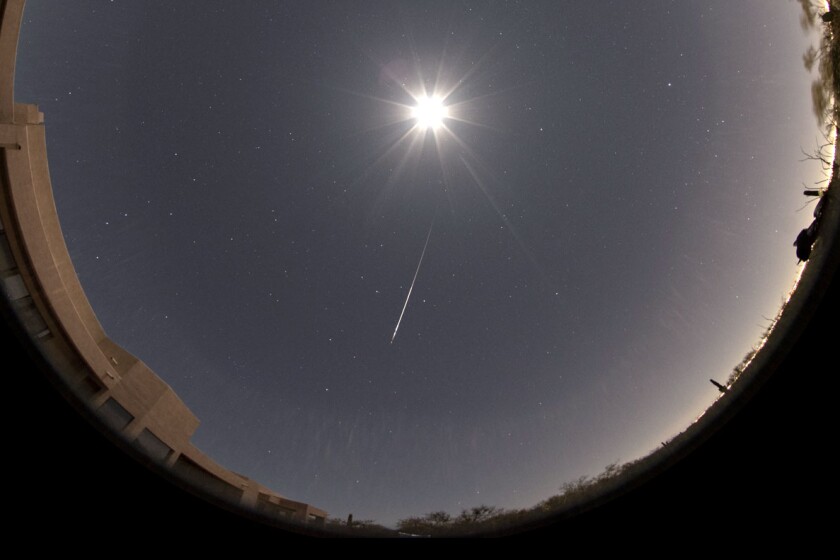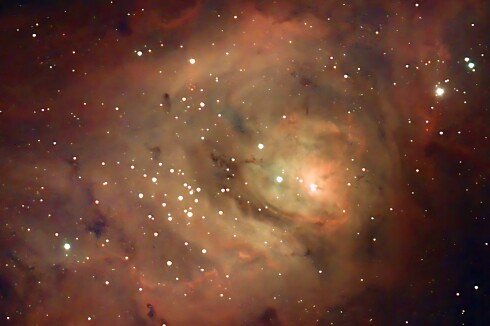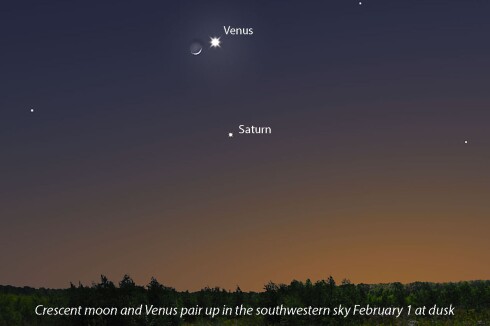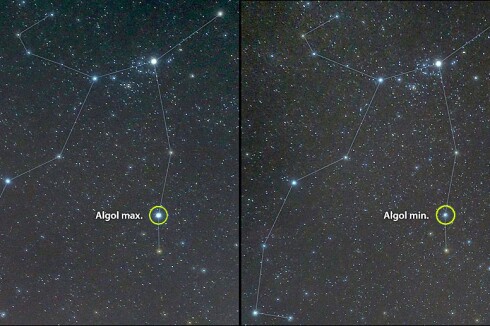Every year in mid-December, Earth crosses the path of the asteroid 3200 Phaethon. Phaethon's orbit takes it closer to the sun than nearly all known asteroids, so close that the surface temperature reaches a scorching 1,400 degrees Fahrenheit. It's thought that extreme heating at those times creates cracks in its surface that release dust and pebbles into space along the asteroid's orbital path.
When Earth passes through the debris, each rocky fragment flares as a meteor that streams from a point in the sky near the bright star Castor in the constellation Gemini. That's why they're called Geminids.
ADVERTISEMENT
There are about a half-dozen notable meteor showers each year. Most originate from dust sloughed from comets. Like Phaethon's cast-offs, the material spreads around their orbits and lights up the sky when our planet plows through it. Meteor rates vary among showers, but the Geminids are hands-down the most prolific. From a dark, moonless sky with Gemini high overhead, up to 150 meteors per hour might be seen.
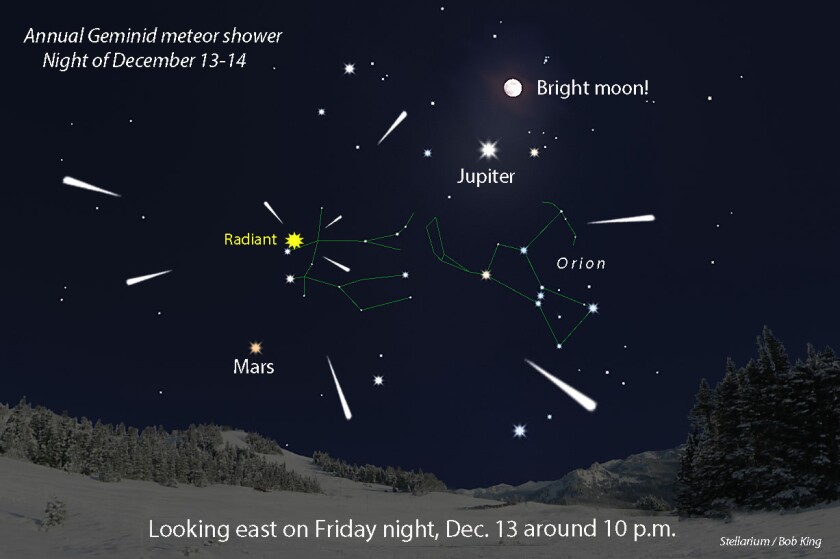
Many cities and suburbs suffer from light pollution, so even under ideal circumstances most skywatchers will witness only about half that number. Unfortunately, this week's Geminid shower will have competition — the nearly full moon. When it peaks on Friday night-Saturday morning Dec. 13-14, it will wash out all but the brighter meteors.
How many will we see? I estimate around 15-25 per hour. That still makes watching worthwhile. Since the Geminids are famed for their fireballs (exceptionally bright meteors equal to Venus or better) we'll definitely see activity. You just may have to wait a little longer between successive meteors.
Normally, the best time for viewing the shower is in the early morning hours when Gemini is high up in the sky. But this year the peak occurs during the early evening hours so my recommendation is to watch from about 9 p.m. to 11 p.m. local time. That's doable, right?
Gemini and the streaming point — called the radiant — will stand about halfway up the eastern sky at that time, high enough to clear the trees and toss a fair number of meteors our way. Meteors that flare near the radiant have very short trails, while those farther away have much longer ones due to perspective. For a nice mix of both long and short, face about 90 degrees away from the radiant, either north or south.
What about equipment? Just dig out that summer lounge chair in your garage and crack it open more than halfway. You'll want to lean back so you can look up comfortably. As long as you're bundled against the cold (remember you won't be moving much!) you now have everything you need to enjoy the show. Of course, a Thermos of hot chocolate, tea or coffee will make your astronomical adventure even more pleasurable.
Find the most open spot in your yard (or field, lakeshore, hilltop) for as full a view of the sky as possible. Whatever direction you point your chair, avoid facing the moon. Its bright light will glare in the eyes and further limit the number of meteors visible. Keep it off to one side and you'll be good.
ADVERTISEMENT
Give the shower an hour. Longer if you can. If clouds are forecast for Friday night, you'll also see meteors the night before and after, though at a lower rate. Good luck! I'll also be out there, a hand-warmer pouch tucked into each glove, hoping for that next fragment of Phaethon to flash and go poof!

